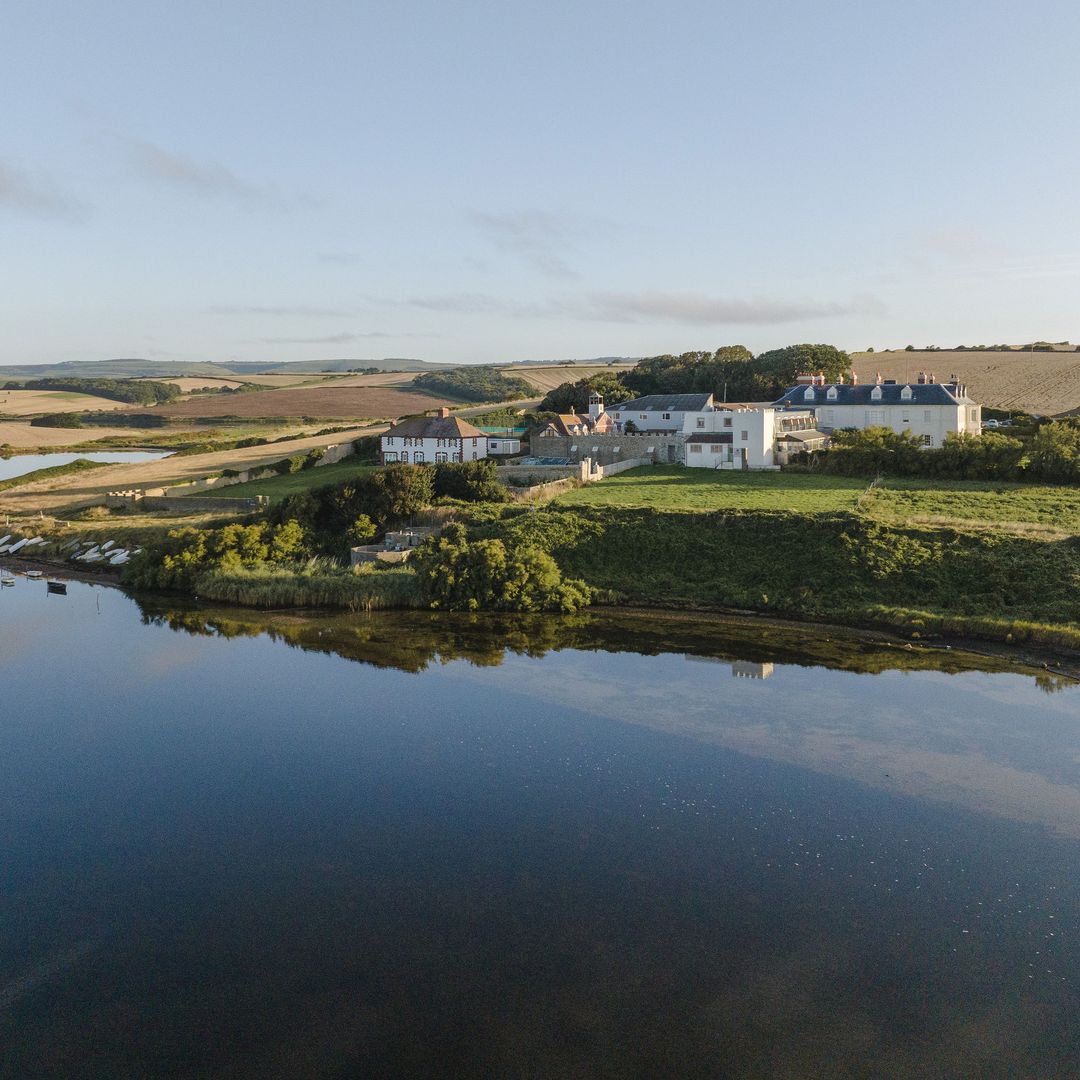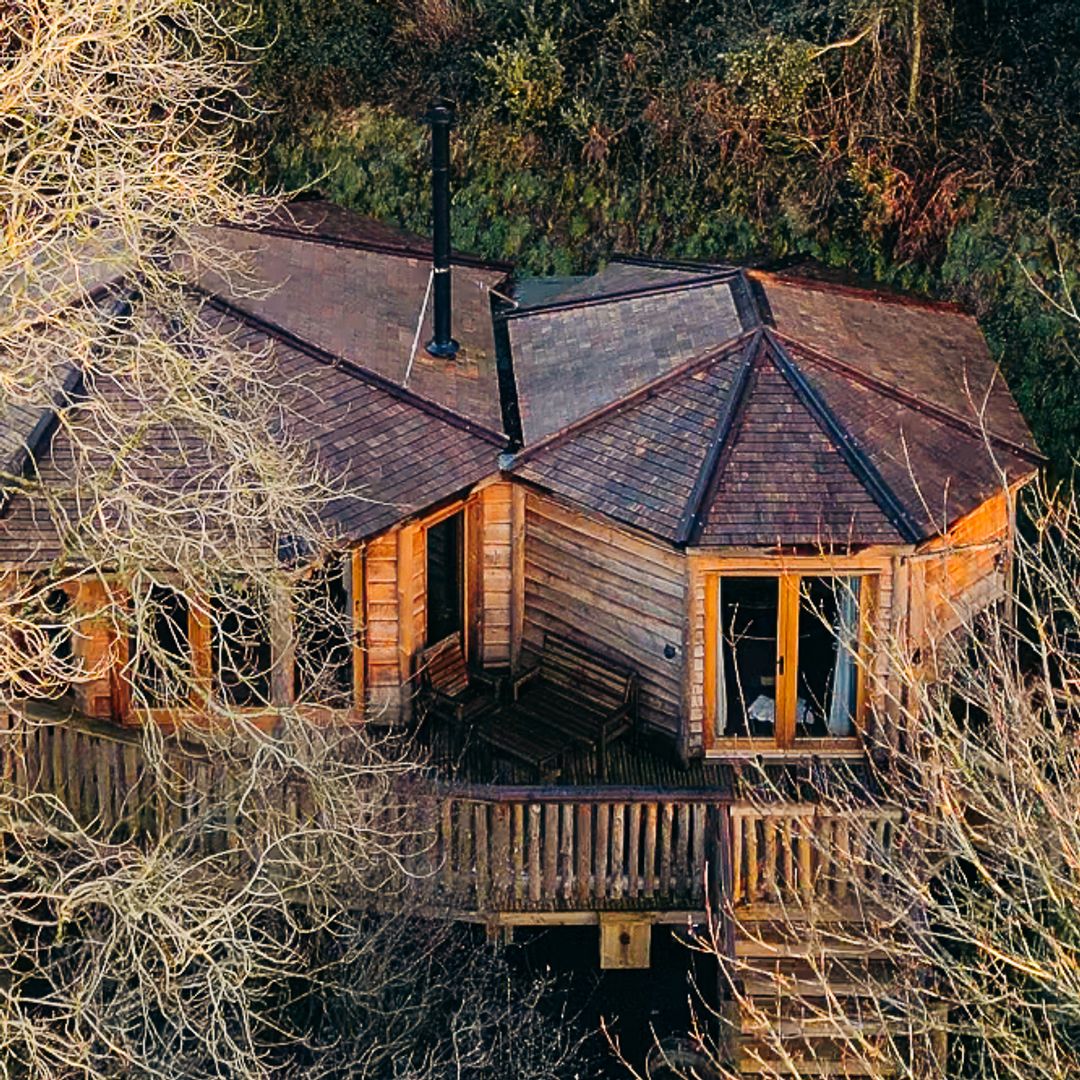Along the Costa Daurada – the golden coast – beach flags flutter, as blue as the sea itself, denoting water quality, environmental standards and safety. The quintessentially Mediterranean climate prompted the Roman poet Lucius Annaeus Florus to describe Tarragona as 'the city of eternal spring', and there's no doubt that it's a perfect place for a beach holiday. But there's far more to it than that: Tarragona is an ancient maritime port, historic and distinguished, but vibrant and dynamic at the same time.
In Tarragona's 'Balcony on the Mediterranean', the Emperor Carlos V claimed to have found the best lookout point in all his lands. Touching the iron railing here is known locally as tocar ferro – a simple gesture that is said to bring good luck. And anyone who has the good fortune to stand here and take in at a glance the treasures of Tarragona is undoubtably lucky. Ahead of you, the golden sands of the Miracle beach and the sparkling waters of the Med; to your left the impressive second-century Roman amphitheatre; to your right the incessant bustle of the port; behind you the modernist promenade leading to the medieval town that has stood strong against the ravages of time.
Whether you're atop the Roman wall, on the stepped seats of the amphitheatre, at the Pretorio tower or the doors of the Roman circus, the sparkling Mediterranean is a constant and glorious blue backdrop for this city whose past pre-dates the Roman Empire. Tarragona – or Tarraco, as it was known – became the first Roman settlement on the Iberian Peninsula and was fortified against the Cartheginians by the brothers Publius and Gnaeus Cornelius Scipio in the third century BC. It went on to be a seat of Roman power, honoured as Colonia Iulia Urbs by Julius Caesar, and later home to both Augustus and Hadrian.
The great model of the Roman city layout on display at the Volta del Pallol – the Pallol Vault at the Museum of History – reminds us of the Roman heritage of Tarragona which lies just beneath the suface of the modern city, visible in the foundations, the cellars and basements of restaurants, shops and bars. It also makes it quite clear why the city was added to list of UNESCO World Heritage Sites in 2000. All around you, as you visit the city, there are visible reminders of the life of the citizens of Roman times – the aqueduct, villas, funerary monuments... But beyond the Roman city, Tarragona has yet more to offer: in particular, the port, the medieval city, and the modern city.
In the middle of the Roman amphitheatre stand the ruins of the church of Santa Maria del Miracle, just one of the testimonies of how, from the twelfth century, the medieval town arose on the stones of the ancient Roman city. And from where the cathedral stands, in the upper part of Tarragona, a network of streets and squares stretches out, where you can still savour the atmosphere of the Middle Ages.
This area, occupied at one time by the great provincial Concilium, is now a delightful maze of medieval streets, dotted with old mansions, shops and restaurants where you can discover the delights of Catalonian cuisine: calçotada – grilled scallions served with a dipping sauce, carquinyolis – almond biscuits, the wafer-like rifaclis, and ventall – a rich chocolate and almond cake, and, of course, where you can sample the splendid wines of the region.
Within the old town, la Casa Castellarnau and la Casa Canals are both illustrative of another of the great attractions of Tarragona: the modernist city, which is a product of the social and cultural impetus of the late nineteenth and early twentieth centuries. The wealthy families had settled in the best areas – the Roman and medieval core – which then began to extend along the Rambla Nova. Now this area boasts one of the finest displays of European Modernism, with works by architects such as Josep Maria Jujol, Josep Maria Pujol and Lluis Domenech i Montaner, as well as a little-known jewel of the first water: the first documented example of a work by Gaudi hidden in the shrine of Our Lady of the Sacred Heart.
But the city offers still more: at the foot of the upper town, the glamour of leisure craft moored in the marina and the thriving nightlife coexist perfectly with the constant activity of the port itself. What was once the port of Tarraco, one of the most important enclaves in the Roman Empire, has now become a major cultural and leisure space. To the attractions of the port of Tarragona are added those of Serrallo, the old fishing village where the traditional houses stand alongside a bustle of restaurants where the gamba vermella – the fine local prawns – and the delicious – and healthy – oily fish of Tarragona reign supreme on the menus.
And beyond the port lies the natural treasure of Tarragona: the beaches. In addition to the Miracle beach, within the city boundaries, come Larga, la Arrabasada, la Savinosa, la Mora and Tamarit, which, together with the natural coves la Roca Plana and Fonda give a taste of the golden stretch of coastline known appropriately as the Costa Daurada, one of the most beautiful maritime areas of the whole of the Spanish Levant.
THE PRACTICALITIES
Getting around Tarragona is perfect to explore on foot, although it does have a good network of buses if you want to access the farther corners of the city. Traffic is heavy, but there are a reasonable number of public car parks around the old town. The Tarragona tourist train runs from the Rambla Vella to the port, calling at the main Roman monuments, and the City Tourist Board offers several themed guided tours of the city, including Roman, medieval and modern.
Where to stayTarragona has four four-star hotels. In the centre of the city are the Marriott AC Hotel Tarragona and the Ciutat de Tarragona, located on the Plaza Imperial Tarraco. The Husa Imperial Tarraco is a classic that overlooks the Mediterranean and the Roman Amphitheatre. On the outskirts of the city, the Hotel Tarraco Park is a bright and modern alternative.
Where to eat As well as the small family-run restaurants that set out their tables on some of the most picturesque city squares (de la Font, del Forum, del Rei, Santiago Rusiñol...) and the specialist seafood restaurants to be found in the marina district of El Serrallo, Tarragona boasts a range of places to enjoy all types of cuisine from traditional Catalan to nouvelle cuisine. AQ specialises in modern Mediterranean cuisine, La Caleta, on the Rafael Casanova promenade, and Les Coques, which is renowned for the supreme quality of its ingredients. Options located near the port include Manolo and the restaurant at the Real Club Nautic.
Don't miss Don't leave the city without dining or relaxing over a drink in one of the many bars and restaurants actually located in the Roman ruins themselves. During the second half of May, Tarragona celebrates Tarraco Viva, a huge city-wide festival that centres on the city's Roman past. Around the city's patron saint's day, on September 23rd, the Fiestas de Santa Tecla are the occasion for hundreds of events, the most typical being the castells competitions for traditional human towers that require strength, skill and agility.








